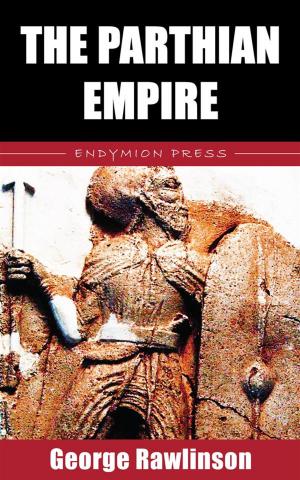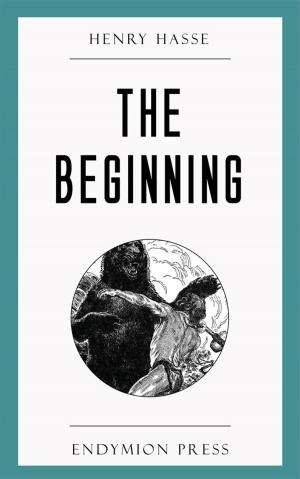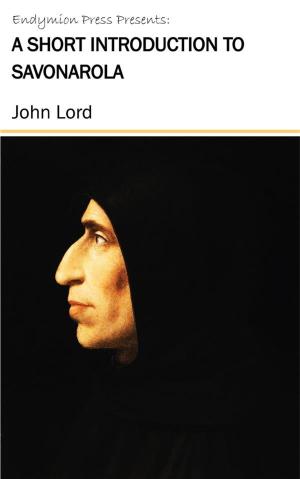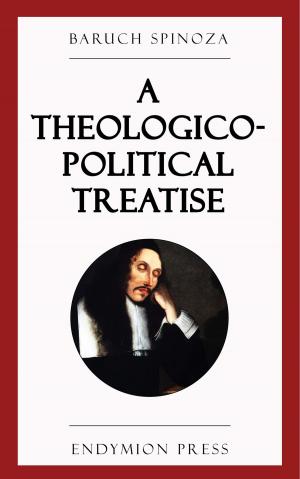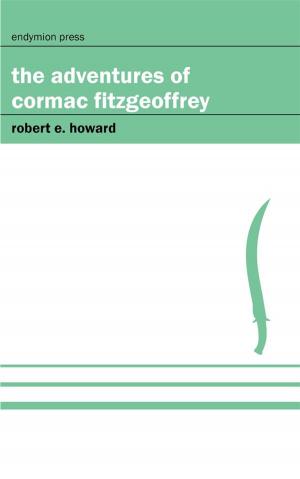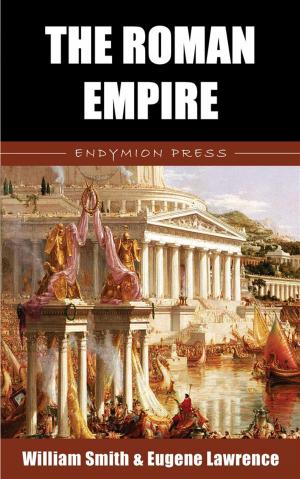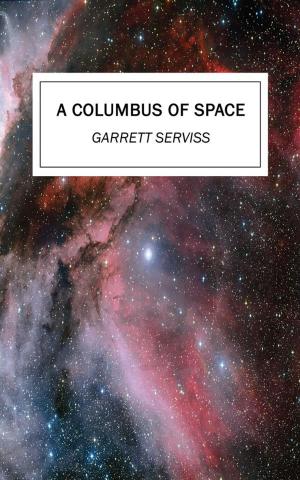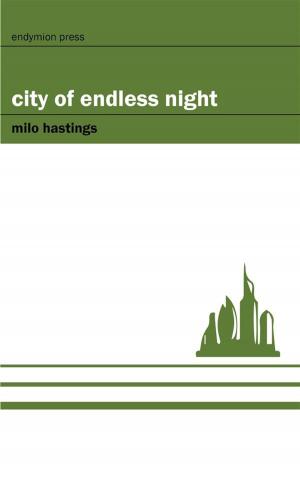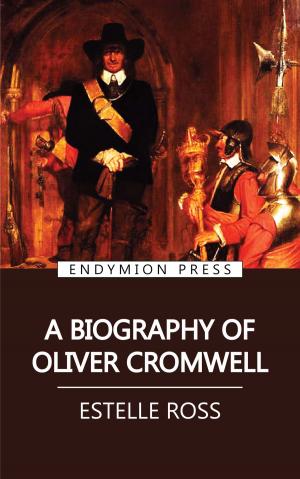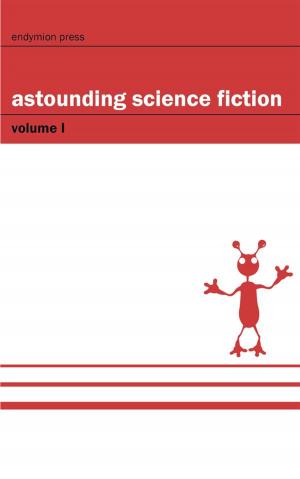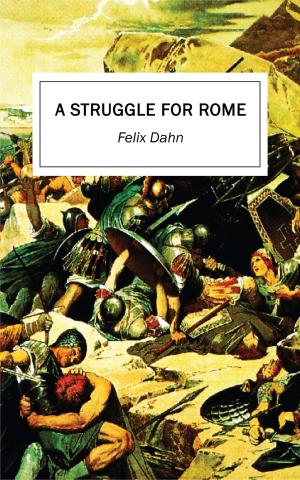| Author: | John Lord | ISBN: | 9781537825113 |
| Publisher: | Endymion Press | Publication: | April 17, 2017 |
| Imprint: | Language: | English |
| Author: | John Lord |
| ISBN: | 9781537825113 |
| Publisher: | Endymion Press |
| Publication: | April 17, 2017 |
| Imprint: | |
| Language: | English |
Among the wonders of the sixteenth century was the appearance of a new star in the northern horizon, which, shining at first with a feeble light, gradually surpassed the brightness of the planet Jupiter; and then changing its color from white to yellow and from yellow to red, after seventeen months, faded away from the sight, and has not since appeared. This celebrated star, first seen by Tycho Brahe in the constellation Cassiopeia, never changed its position, or presented the slightest perceptible parallax. It could not therefore have been a meteor, nor a planet regularly revolving round the sun, nor a comet blazing with fiery nebulous light, nor a satellite of one of the planets, but a fixed star, far beyond our solar system. Such a phenomenon created an immense sensation, and has never since been satisfactorily explained by philosophers. In the infancy of astronomical science it was regarded by astrologers as a sign to portend the birth of an extraordinary individual.
Though the birth of some great political character was supposed to be heralded by this mysterious star, its prophetic meaning might with more propriety apply to the extraordinary man who astonished his contemporaries by discoveries in the heavens, and who forms the subject of this lecture; or it poetically might apply to the brilliancy of the century itself in which it appeared. The sixteenth century cannot be compared with the nineteenth century in the variety and scope of scientific discoveries; but, compared with the ages which had preceded it, it was a memorable epoch, marked by the simultaneous breaking up of the darkness of mediaeval Europe, and the bursting forth of new energies in all departments of human thought and action. In that century arose great artists, poets, philosophers, theologians, reformers, navigators, jurists, statesmen, whose genius has scarcely since been surpassed. In Italy it was marked by the triumphs of scholars and artists; in Germany and France, by reformers and warriors; in England, by that splendid constellation that shed glory on the reign of Elizabeth. Close upon the artists who followed Da Vinci, to Salvator Rosa, were those scholars of whom Emanuel Chrysoloras, Erasmus, and Scaliger were the representatives,--going back to the classic fountains of Greece and Rome, reviving a study for antiquity, breathing a new spirit into universities, enriching vernacular tongues, collecting and collating manuscripts, translating the Scriptures, and stimulating the learned to emancipate themselves from the trammels of the scholastic philosophers...
Among the wonders of the sixteenth century was the appearance of a new star in the northern horizon, which, shining at first with a feeble light, gradually surpassed the brightness of the planet Jupiter; and then changing its color from white to yellow and from yellow to red, after seventeen months, faded away from the sight, and has not since appeared. This celebrated star, first seen by Tycho Brahe in the constellation Cassiopeia, never changed its position, or presented the slightest perceptible parallax. It could not therefore have been a meteor, nor a planet regularly revolving round the sun, nor a comet blazing with fiery nebulous light, nor a satellite of one of the planets, but a fixed star, far beyond our solar system. Such a phenomenon created an immense sensation, and has never since been satisfactorily explained by philosophers. In the infancy of astronomical science it was regarded by astrologers as a sign to portend the birth of an extraordinary individual.
Though the birth of some great political character was supposed to be heralded by this mysterious star, its prophetic meaning might with more propriety apply to the extraordinary man who astonished his contemporaries by discoveries in the heavens, and who forms the subject of this lecture; or it poetically might apply to the brilliancy of the century itself in which it appeared. The sixteenth century cannot be compared with the nineteenth century in the variety and scope of scientific discoveries; but, compared with the ages which had preceded it, it was a memorable epoch, marked by the simultaneous breaking up of the darkness of mediaeval Europe, and the bursting forth of new energies in all departments of human thought and action. In that century arose great artists, poets, philosophers, theologians, reformers, navigators, jurists, statesmen, whose genius has scarcely since been surpassed. In Italy it was marked by the triumphs of scholars and artists; in Germany and France, by reformers and warriors; in England, by that splendid constellation that shed glory on the reign of Elizabeth. Close upon the artists who followed Da Vinci, to Salvator Rosa, were those scholars of whom Emanuel Chrysoloras, Erasmus, and Scaliger were the representatives,--going back to the classic fountains of Greece and Rome, reviving a study for antiquity, breathing a new spirit into universities, enriching vernacular tongues, collecting and collating manuscripts, translating the Scriptures, and stimulating the learned to emancipate themselves from the trammels of the scholastic philosophers...

